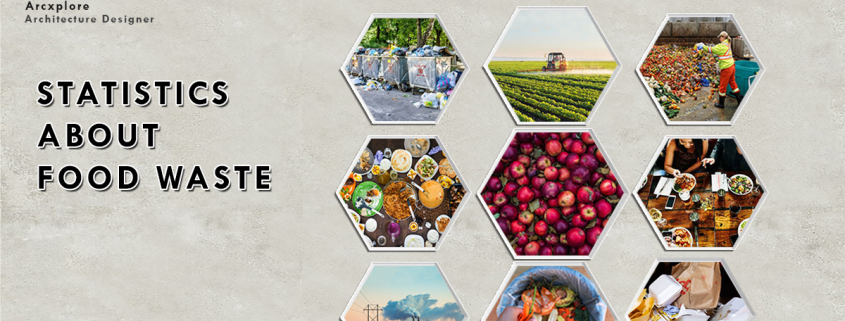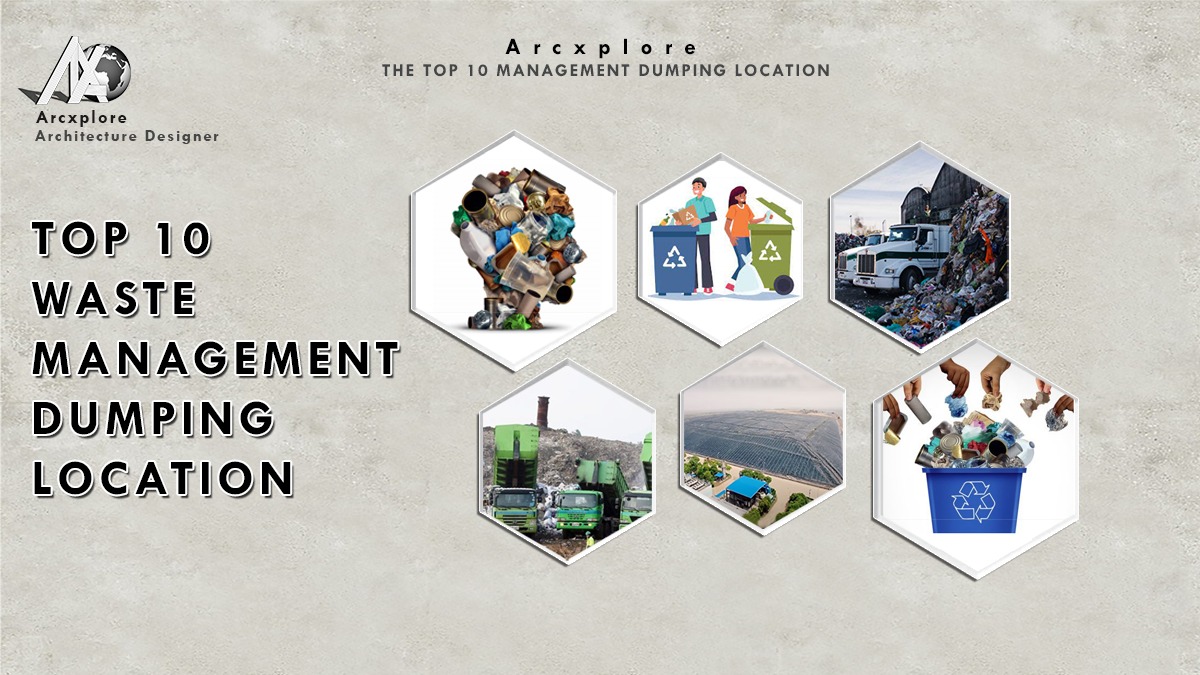Stats About Food Waste
Statistics About Food Waste
Introduction
Stats About Food Waste
Stats about Food waste the Food Waste is a worldwide problem that affects everyone. We are wasting food at an alarming rate the projected global population growth is estimated to greatly increase over the next few decades reaching 10 billion by 2050.
Order to prevent an increase in food insecurity is currently reaching a critical point. Learning about food loss and waste statistics is one of the most critical measures you can do to reduce food waste.
So you may have a better idea of how much food is wasted and how it affects the environment. It brings the numbers that may surprise you with the top food waste statistics of the year.

The Statistics About Food Waste
Number # 1
One-third of all food produced is lost or wasted, amounting to over 1.3 billion tons of food annually, costing the world economy nearly $940 billion.
Number # 2
On a consumer level, fruits, vegetables, and bread are the three most wasted food products.
Number # 3
The Global food waste has a bigger greenhouse emission footprint than the entire airline industry global plastic production and global oil extraction. Food waste is responsible for up to 11.8 percent of our global greenhouse gas emissions
Number # 4
Total food waste at retail and consumer levels results in 173 billion cubic meters of water used to grow lost or wasted food this represents 24 of all water used for agriculture.
Number # 5
Around 45 percent of the world’s fruit and vegetables go to waste each year.
Number # 6
Food waste costs the average household around two and a half thousand each year think about how many more meals that equal up to.
Number # 7
Every year, around one billion tons of wasteful food waste is generated from the production to consumer stages, implying that 30 to 40% of edible meals end up in landfills rather than on the plates of people throughout the world.
Number # 8
If everyone ate one less serving a day a banana here half an avocado there we could save 10 million metric tons annually.
Number # 9
Global food waste reduction would save 4.4 metric tons of carbon per year, the equivalent of removing one out of every four automobiles off the road.
Number # 10
A complete hectare of lettuce takes 25 years to degrade due to the adverse environment within landfills.
Number # 11
Uneaten food that is perfectly edible accounts for over 70% of all worldwide food waste.
Number # 12
Globally, 1.4 billion hectares of land are utilized to produce food. That expanse of land is equivalent to the size of India and will never be devoured each year. Egypt and the United States together.
Number # 13
The Consumers waste more food as a result of a lack of knowledge and understanding about fundamental things like basic nutrition. Many people feel that buying fresh food is better for quality and nutrition. However, frozen goods last longer and keep more nutrients overall.
Number # 14
The main worldwide food waste concerns at the retail level are due to a lack of adequate training. Malfunctioning equipment, ineffective procedures, and overordering from wholesalers, which results in a food excess.
Number # 15
Food loss and waste items account for the largest percentage of materials. Found within landfills accounting for 24.1 percent of all municipal solid waste.
Summary
Stats About Food Waste
These numbers show the complexity and severity of food loss and waste. Saving food is an imperative piece of creating a sustainable food future.
There are several methods you may help reduce food waste. Like planning meals ahead of time, freezing food, repurposing leftovers from prior nights, and properly storing food products, among others.
Over a year, you might be amazed at how much more money you save. When you follow these simple steps if this sounds like something you want to learn more about check out our free online courses here.
To help make the world a little bit greener and a little bit better. Which will include practical strategies for minimizing food waste in your household. As well as food storage and preparation suggestions. And since you’ve succeeded in making the world a little bit greener and a little bit better.






Trackbacks & Pingbacks
[…] Waste Management Dump location is truly unbelievable here are the top 10 biggest Garbage dumps in the […]
Leave a Reply
Want to join the discussion?Feel free to contribute!